When Audi's top executives first saw the Zeekr 001 in China in 2021, they experienced a "shocking" moment. The electric vehicle (EV) of the young brand Zeekr not only possesses a sophisticated European design but also integrates a series of advanced technologies, from electric powertrain, battery, to entertainment and driving assistance software. Not inferior, the product is even superior to many of Audi's own models.
It was a wake-up call from the East. They realized a harsh truth: if they wanted to compete in the electric vehicle playing field, they needed the weapons of their rivals.
“The Zeekr 001 stunned almost all of us,” recalls Stefan Poetzl, president of sales and marketing at SAIC Audi. “We knew we had to act.”
And they did. To regain their appeal with Chinese customers, Audi developed the E5 Sportback in just 18 months – an incredible speed. The secret was that they put aside their pride to use the technology platform from their partner SAIC, including the battery, powertrain, entertainment software and advanced driver assistance systems.
Audi’s response is not simply admiration, it is a wake-up call. It is emblematic of a quiet but powerful power shift taking place in the global auto industry.
A new era has dawned where Western carmakers, who dominated the industry for a century, now line up to buy technology from China.
The "China Inside" Revolution
The new strategy is reminiscent of the legendary “Intel Inside” marketing campaign of the 1990s, when Intel turned an invisible processor chip into a guarantee of PC quality and power. Now, Chinese companies are selling something even bigger: an “EV in a box.”
It’s a complete, ready-to-assemble chassis, from battery to motor to control software. Global automakers can buy this “box,” dress it up in their own design, slap their logo on it, and quickly launch a brand-new electric vehicle.
Leapmotor has teamed up with Stellantis to sell cars internationally, Toyota has partnered with GAC, and Volkswagen has teamed up with Xpeng to co-develop models specifically for the billion-people market.
Renault and Ford are even more ambitious, looking to Chinese EV platforms to develop global models. For traditional automakers, this is a strategic exit. Using off-the-shelf Chinese chassis and software saves them billions of dollars and years of R&D, allowing them to significantly close the gap with their fast-growing Chinese rivals.
It’s a perfect “quid pro quo” mechanism. Western manufacturers need Chinese technology to overcome development barriers and quickly gain market share. Chinese companies, in turn, are desperate for additional revenue amid intensifying domestic price wars and rising risks from international trade conflicts.
“This is a smart, win-win solution,” said Will Wang, CEO of Shanghai-based consultancy Autodatas.
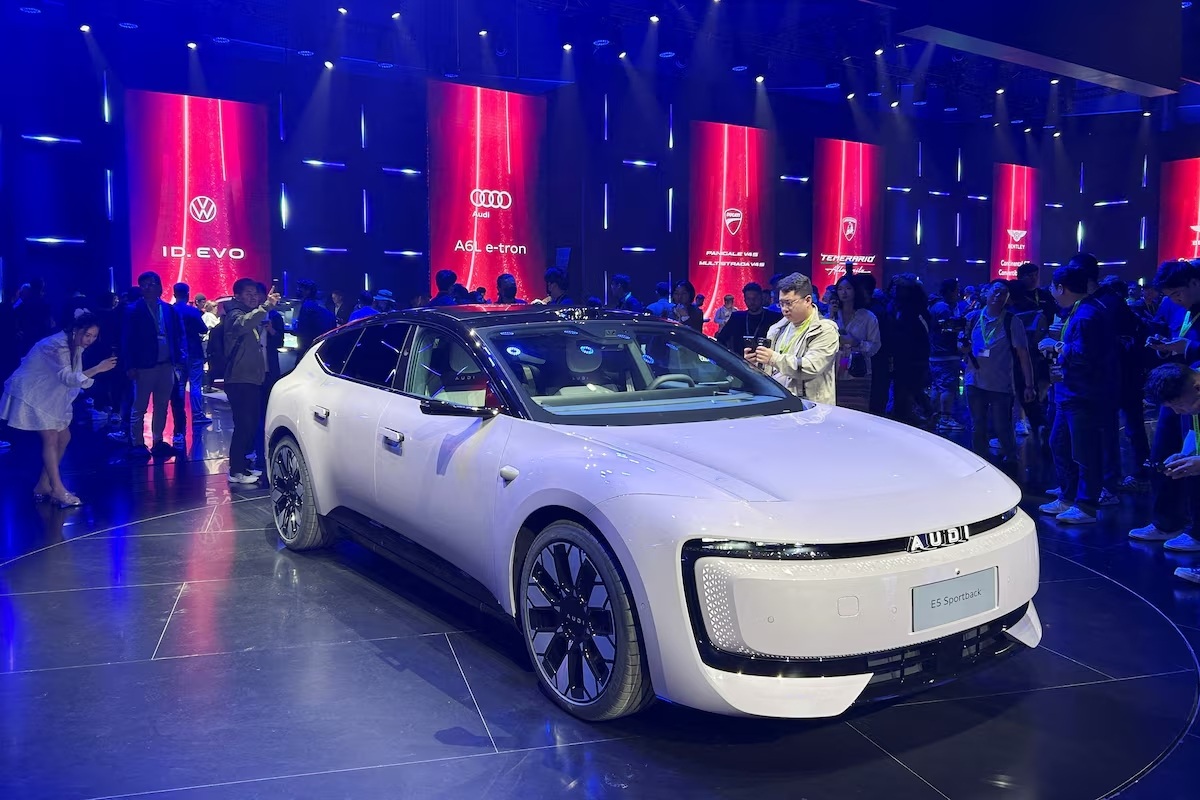
Audi E5 Sportback - the first electric car Audi developed with China's SAIC (Photo: Reuters).
Why does the West have to "bow its head"?
To understand this shift, we need to look at the stark contrast between China’s electric vehicle market and the rest of the world . According to a survey by McKinsey & Company, electric vehicles will account for 50% of new passenger car sales in China by 2024. In Europe, the figure is 21% and in the US, only 10%.
More importantly, the Chinese market has entered the “demand-pull” phase from consumers, no longer dependent on government subsidies. More than 80% of respondents here said their next car would likely be electric. Meanwhile, the figure is only 23% in Europe and 12% in the US. China is not only the largest electric vehicle market, but also where the future of electric vehicles is happening right now.
The Chinese manufacturers’ advantage goes beyond market scale. They have manufacturing costs that are 30-50% lower than their Western rivals. This comes from streamlined vehicle architecture, a closed-loop battery supply chain, and extremely competitive input costs. Inspired by Tesla, they have developed flexible modular platforms that reduce costs, speed up development, and lower barriers to entry.
It is this huge advantage that has created a new business model, which is licensing and royalty collection services.
Chinese automakers don’t just sell cars, they sell a technology solution. Forest Tu, former head of CATL and now founder of Mapleview Technology, believes this advantage is big enough to sustain the licensing and royalty model as they expand internationally.
Exporting this technology could even help less developed countries build their own “national electric vehicle brands,” as was the case with Abu Dhabi-based CYVN Holdings, which developed its own premium car using Nio’s chassis and software.
Notably, CATL, the world's largest battery maker, has gone further by introducing a modular Bedrock Chassis that allows consumers to "decide for themselves what an electric car looks like, rather than letting the big car companies dictate the product." This chassis will make assembling electric cars simpler, opening up opportunities for both small-scale manufacturers and technology companies wanting to enter the market.
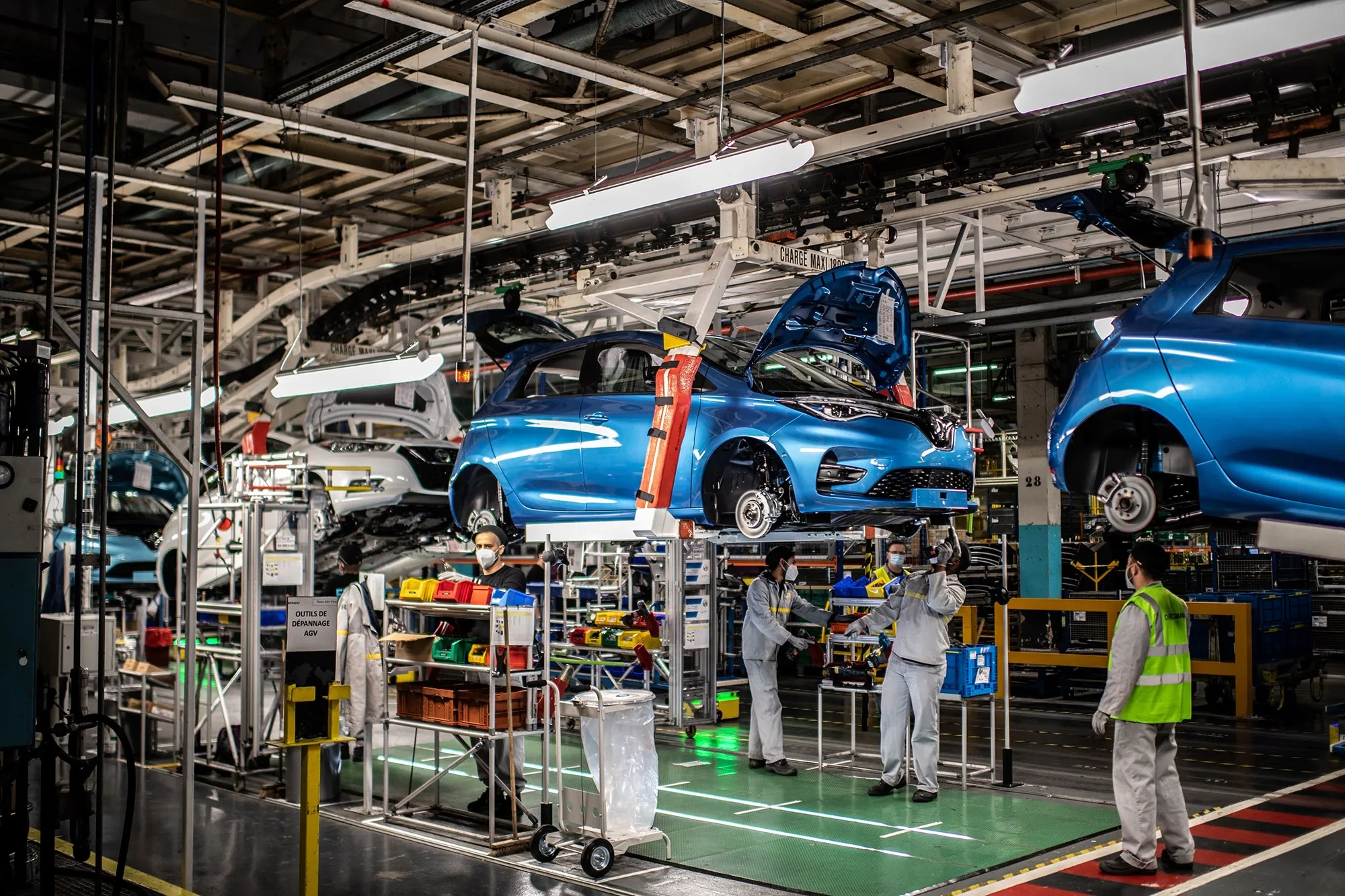
China is leading the electric vehicle game, forcing Western automakers to cut costs, adjust products and innovate customer retention strategies (Photo: Getty).
When parameters beat logos
The rise of Chinese electric cars has also shaken one of Western automakers' strongest pillars: brand loyalty.
A McKinsey study found an alarming trend: electric car buyers are significantly less brand loyal than gasoline car buyers. In China, nearly two-thirds of consumers switched brands when they went electric. Customers now care more about technical specifications than the badge on the hood. They choose cars based on range, performance, charging speed and price, and then consider the brand.
This creates a more level playing field where upstart brands can challenge century-old giants. And on this playing field, Chinese companies are redefining what a car can be.
Advanced driver assistance systems (ADAS) and connected intelligent vehicles (ICVs) have become core elements. 66% of Chinese consumers are willing to buy a car with level 3 autonomous driving capabilities, while the figure is only 20% in Europe and the US. For them, a car is not just a means of transportation, but a technological device that integrates a large capacity battery, digital entertainment system, AI voice assistant and multi-functional space.
While Western automakers are still struggling to solve fundamental issues like range (global consumers now demand a minimum of 500 km per charge) and charging infrastructure, Chinese competitors have moved up the game in terms of experience and technology.
But price is a tricky issue. Most Western consumers will only buy an EV if it is cheaper than a gasoline car. This creates a vicious cycle for traditional automakers, which are already under pressure from high R&D and production costs.
Meanwhile, electric vehicles in China have become so popular that many models are now more competitive in price than gasoline cars. In addition, the emergence of new technologies such as EREV (range-extended electric vehicles), which use a gasoline engine as a generator to increase range, is also being seen as a reasonable "bridge" for Western consumers to gradually switch to pure electric vehicles.
Double-edged sword and uncertain future
While the “China Inside” strategy has clear short-term benefits, it also poses long-term risks. Former Aston Martin CEO Andy Palmer issued a sharp warning: while it saves on R&D costs, automakers should not rely too heavily on third-party technology.
“In the long run, you’re doing yourself a disservice,” Mr. Palmer said. “Because you’re just a retailer. You’re losing the core technical competencies that have made you what you are.”
This is a double-edged sword. Borrowing technology may help Western automakers survive the current war, but it can erode their brand soul and their ability to be technologically autonomous in the future.
Volkswagen may be successful in adopting Xpeng's technology in China, but will it dare to expand this strategy globally and accept that its own internal technology is lagging behind?

In China, nearly two-thirds of people switch brands when buying an EV. A similar trend is spreading to Europe and North America (Photo: Unsplash).
The future of the auto industry is being shaped by these calculated decisions. There is no longer room for a uniform global EV strategy. Automakers are forced to have hyper-granular product plans, customized for each region, even each customer group.
The message from this power shift is clear: the old order is broken. The epicenter of the electric vehicle revolution has shifted east. Western manufacturers must either accept reality, learn from it, and cooperate wisely, or risk being left behind in the most competitive race in automotive history. The game has changed, and the new rules are being written by the very competitors they once took for granted.
Source: https://dantri.com.vn/kinh-doanh/cu-dao-chieu-lich-su-khi-xe-sang-phuong-tay-phai-mua-cong-nghe-trung-quoc-20250911182929528.htm


![[Photo] General Secretary To Lam attends the 8th Congress of the Central Public Security Party Committee](https://vphoto.vietnam.vn/thumb/1200x675/vietnam/resource/IMAGE/2025/10/4/79fadf490f674dc483794f2d955f6045)
![[Photo] Solemn opening of the 8th Congress of the Central Public Security Party Committee, term 2025-2030](https://vphoto.vietnam.vn/thumb/1200x675/vietnam/resource/IMAGE/2025/10/4/f3b00fb779f44979809441a4dac5c7df)
![[Photo] Bustling Mid-Autumn Festival at the Museum of Ethnology](https://vphoto.vietnam.vn/thumb/1200x675/vietnam/resource/IMAGE/2025/10/4/da8d5927734d4ca58e3eced14bc435a3)



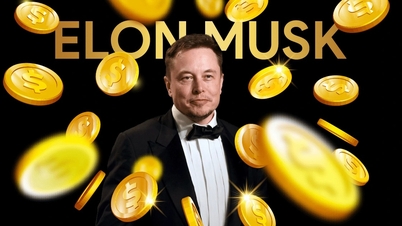
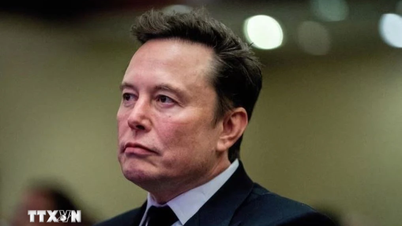

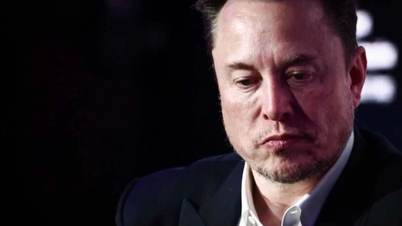



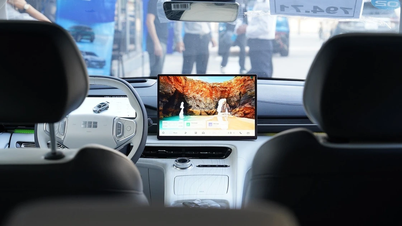


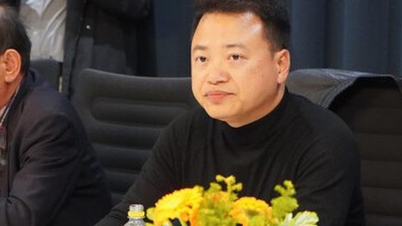

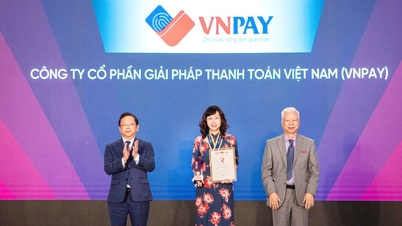



































![[VIDEO] Summary of Petrovietnam's 50th Anniversary Ceremony](https://vphoto.vietnam.vn/thumb/402x226/vietnam/resource/IMAGE/2025/10/4/abe133bdb8114793a16d4fe3e5bd0f12)

![[VIDEO] GENERAL SECRETARY TO LAM AWARDS PETROVIETNAM 8 GOLDEN WORDS: "PIONEER - EXCELLENT - SUSTAINABLE - GLOBAL"](https://vphoto.vietnam.vn/thumb/402x226/vietnam/resource/IMAGE/2025/7/23/c2fdb48863e846cfa9fb8e6ea9cf44e7)















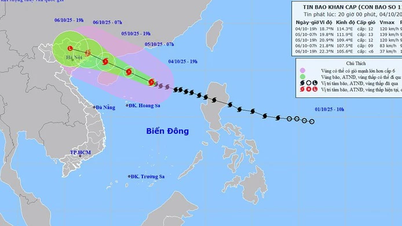

















Comment (0)